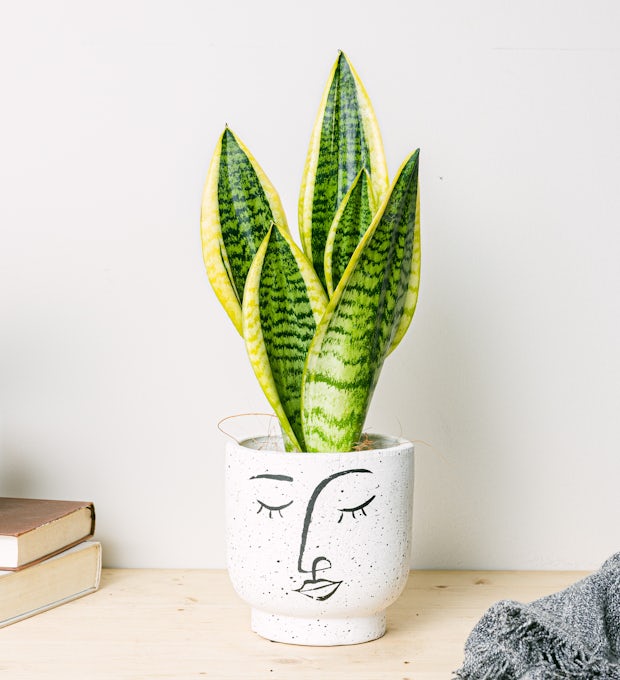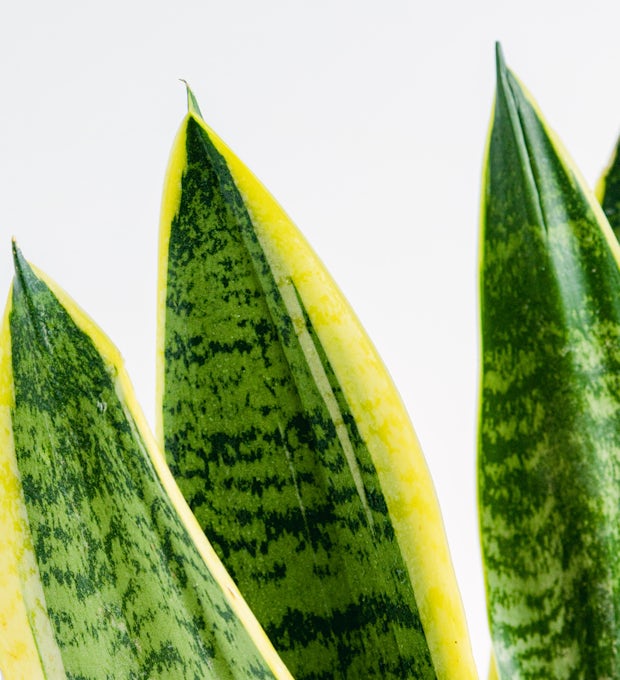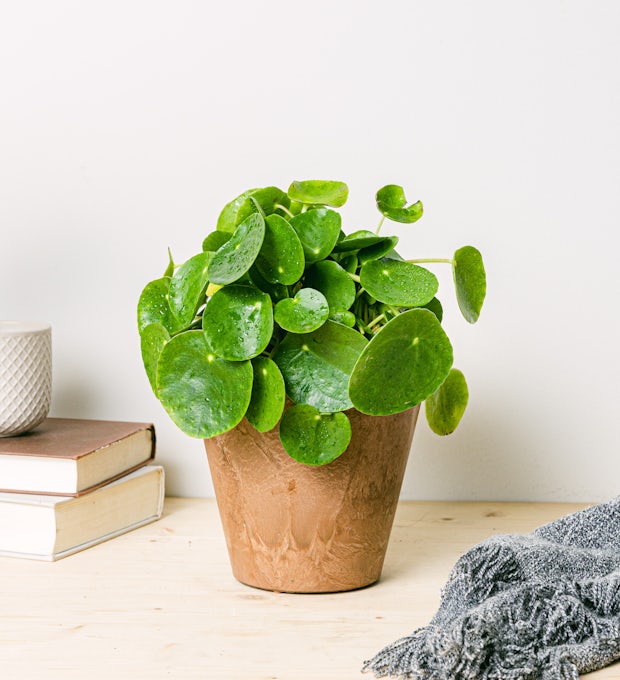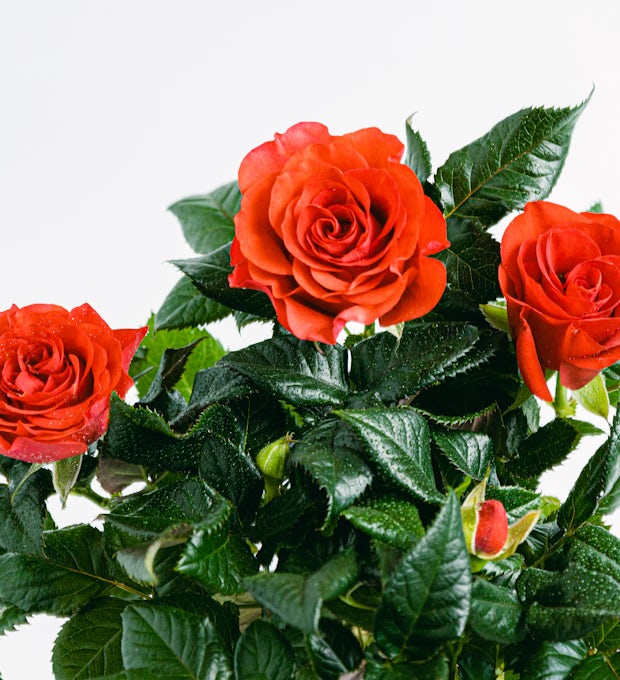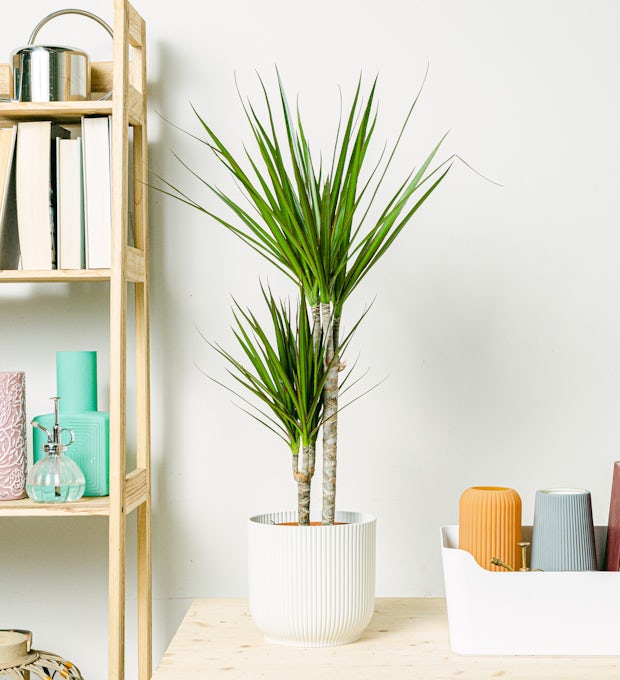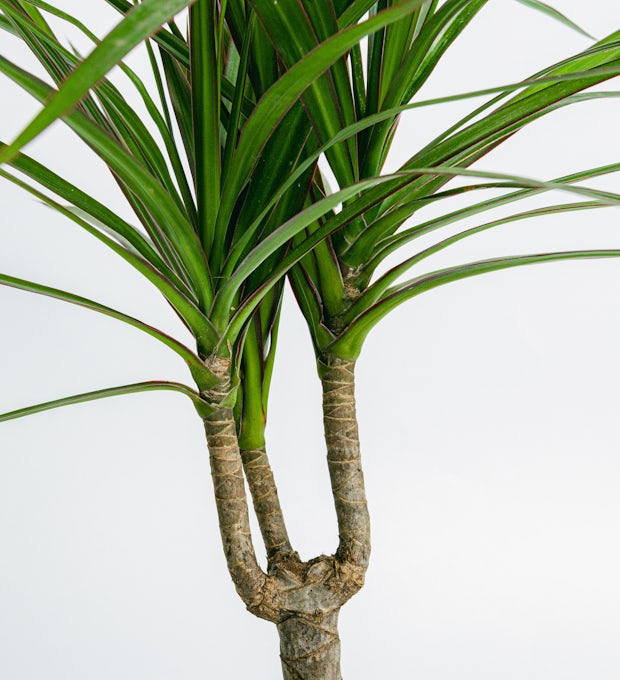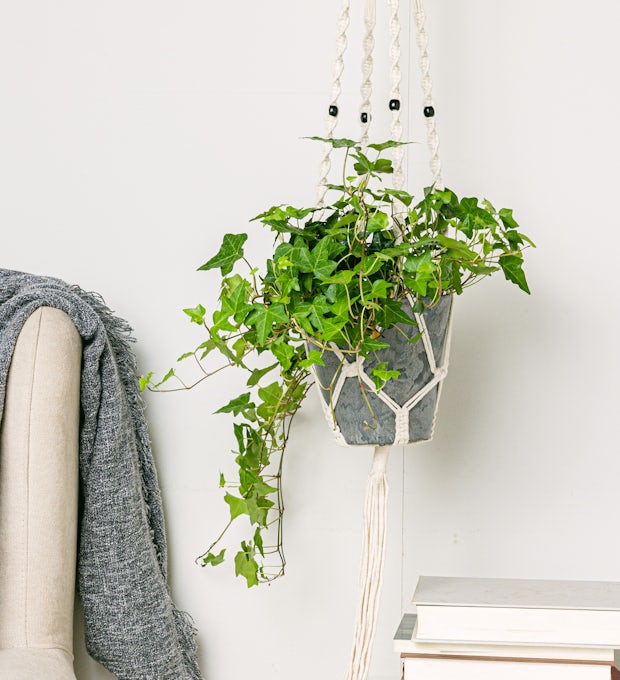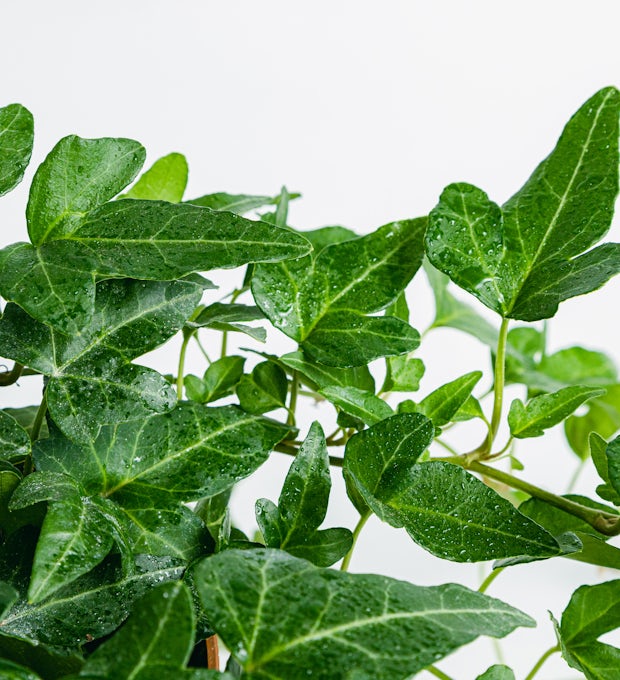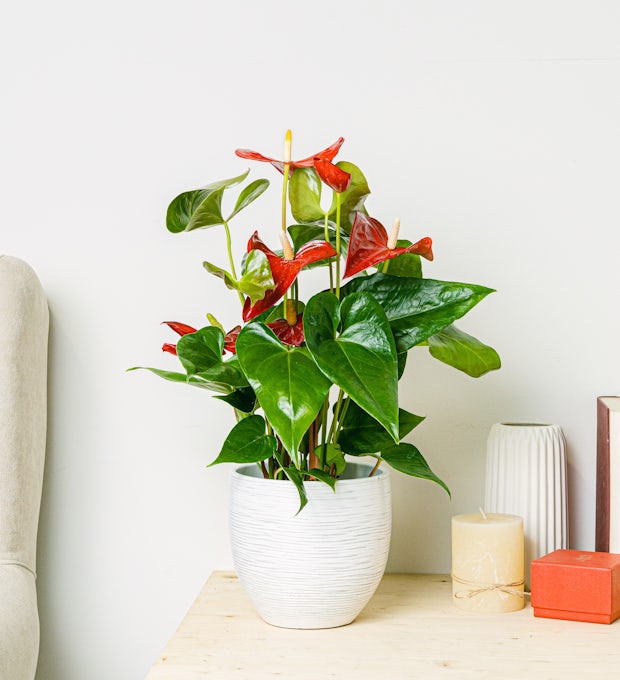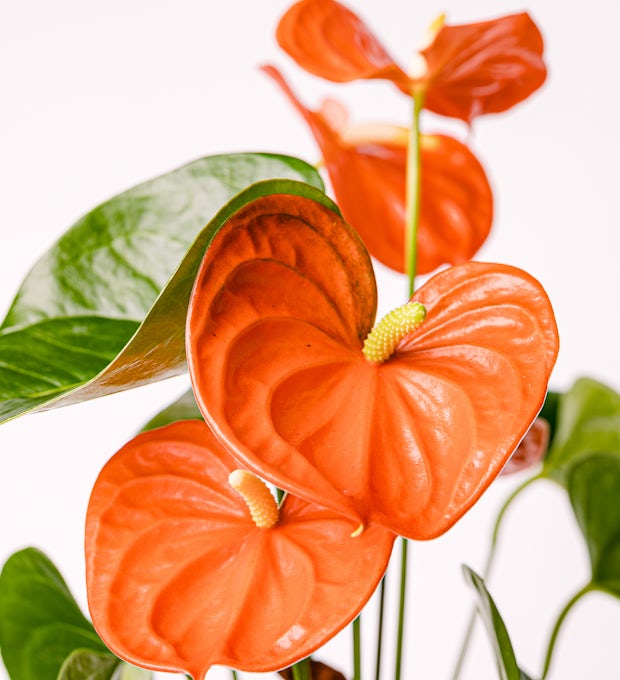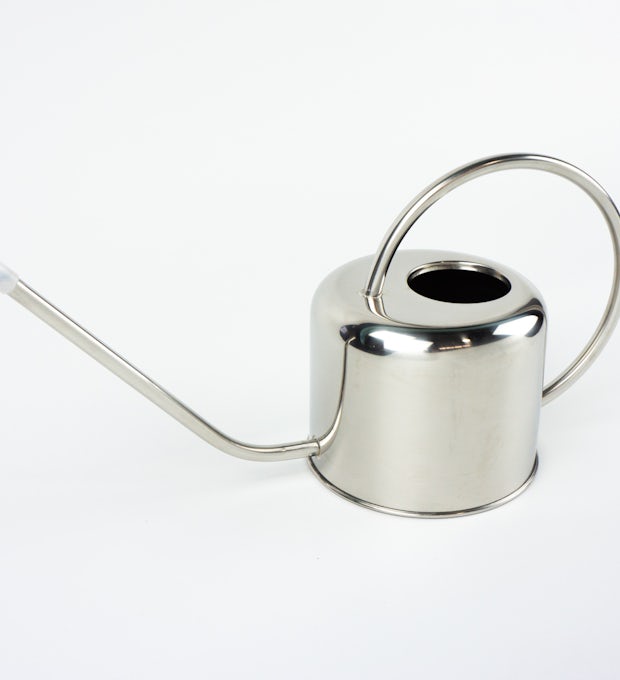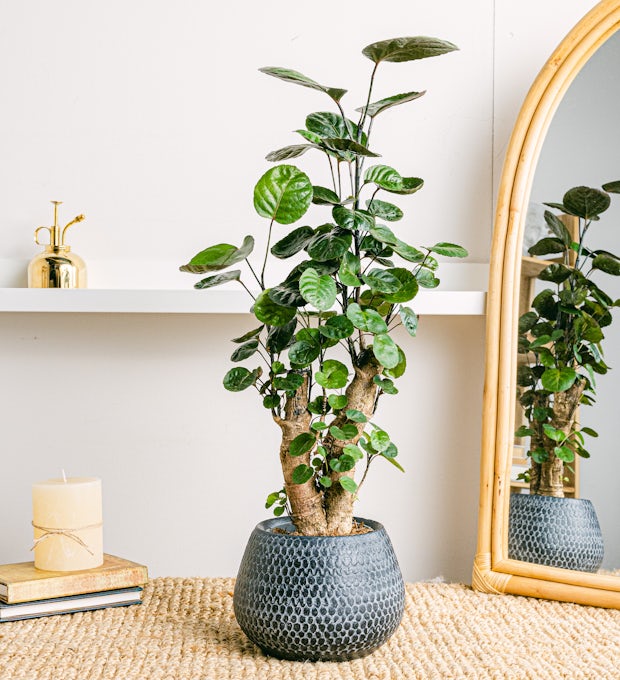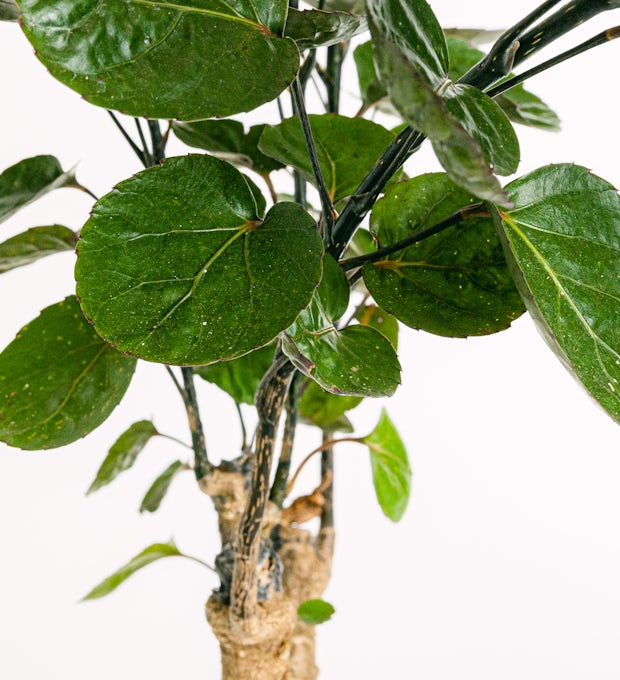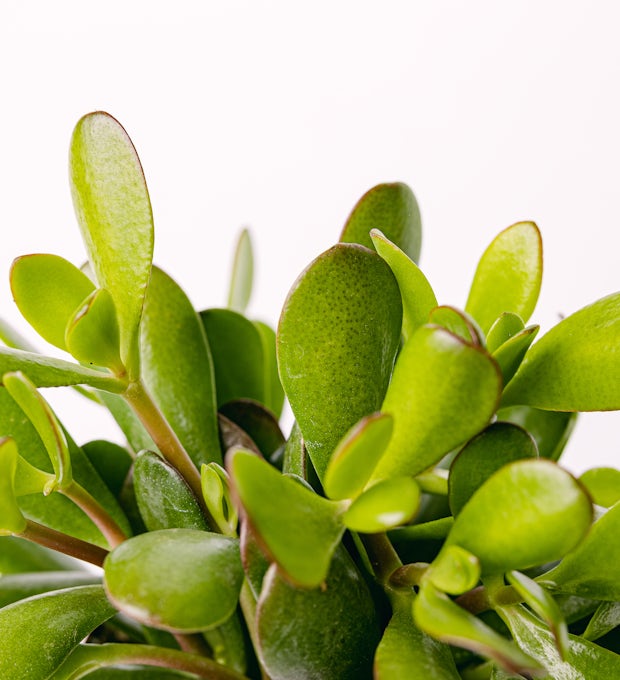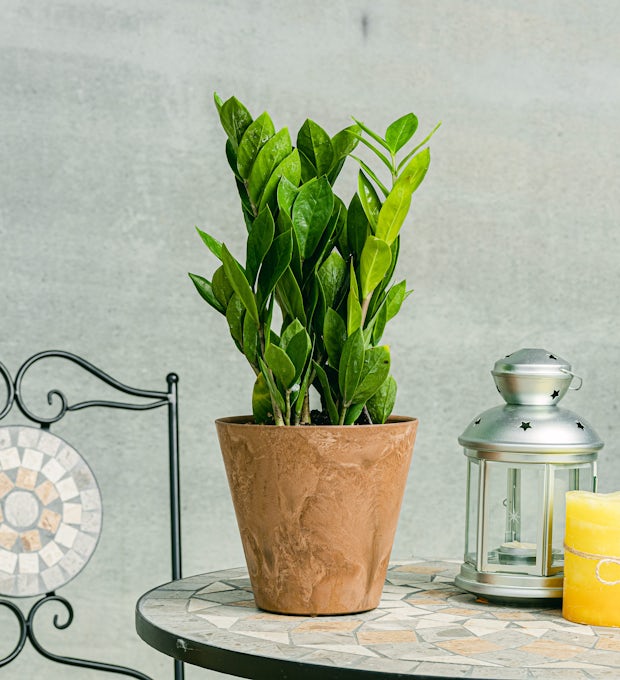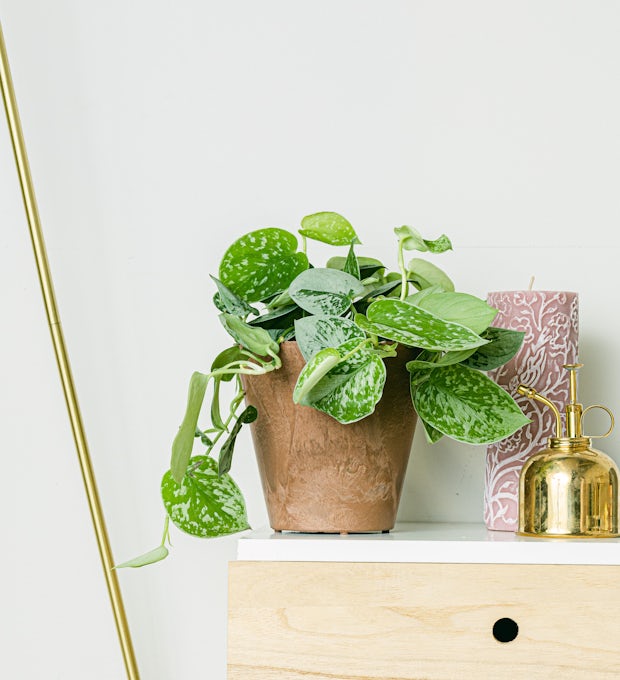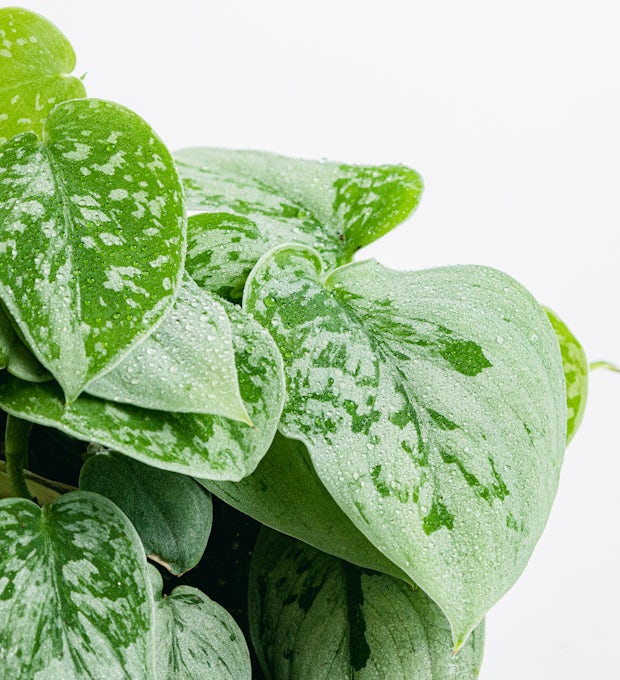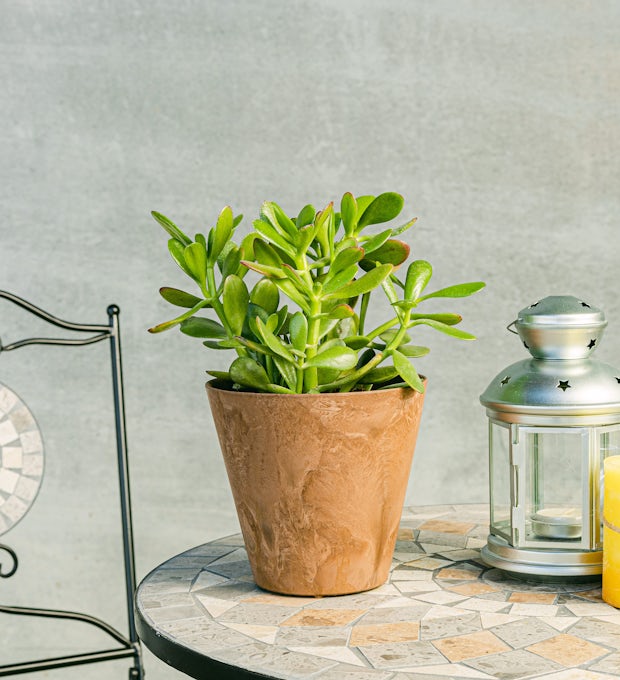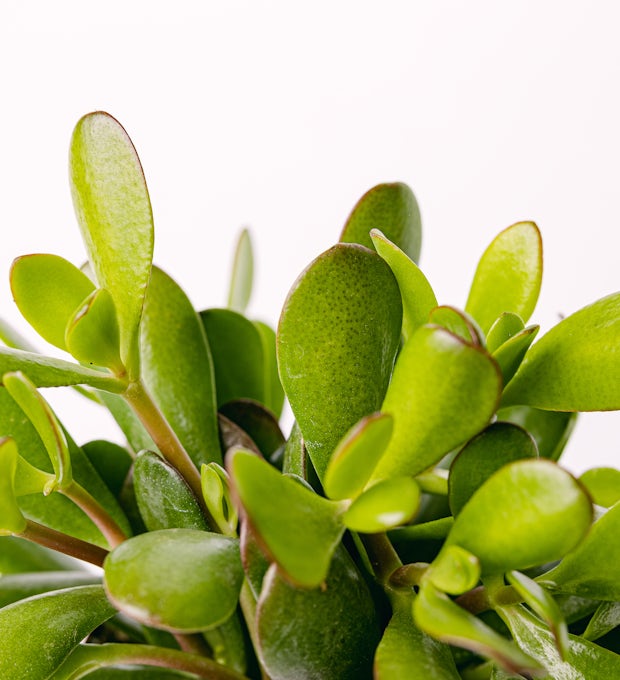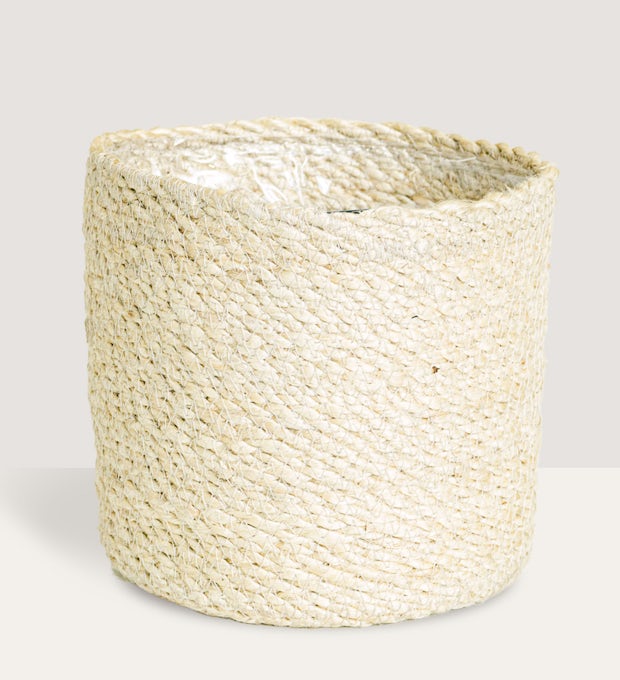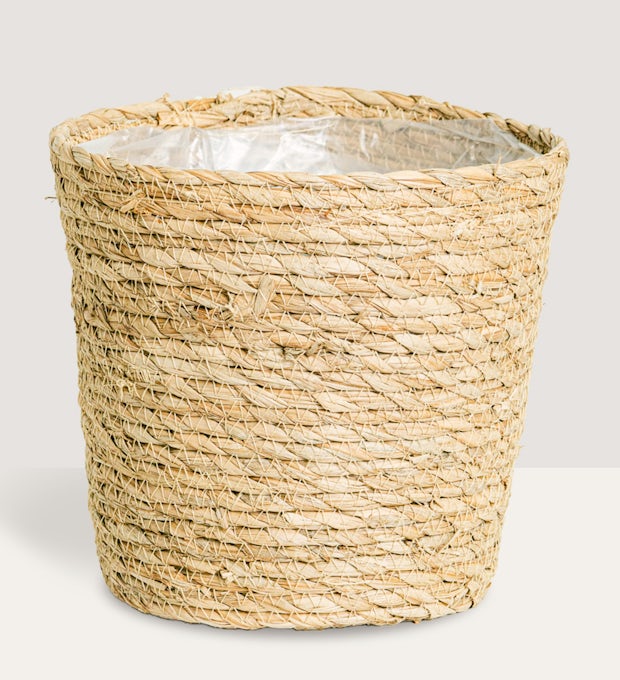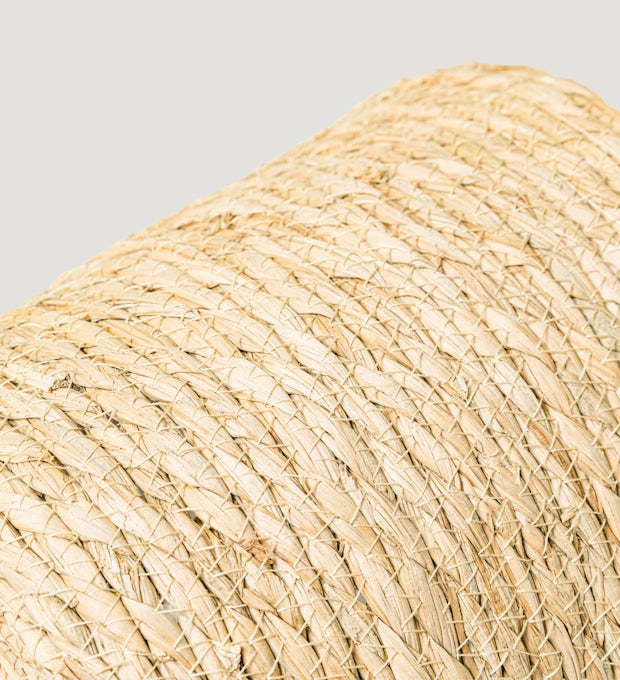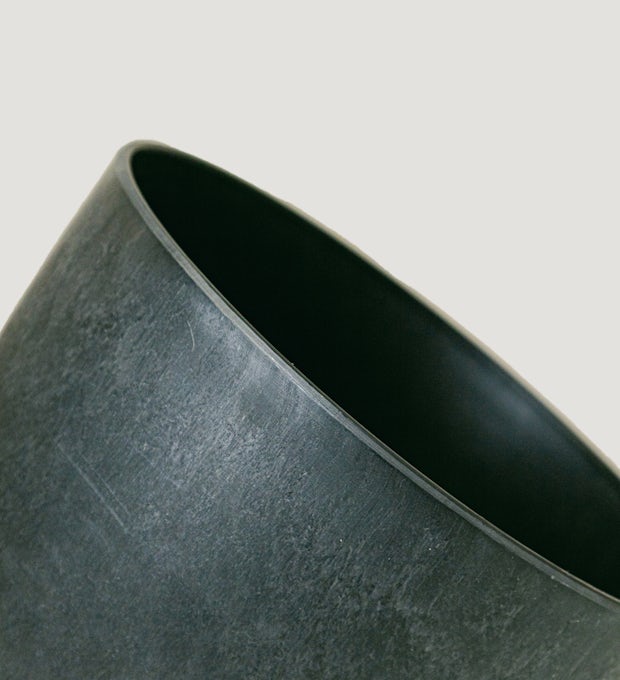If we were to conduct a survey on the qualities we look for when choosing a plant, the answer would undoubtedly be: beauty and resistance. In the first case, it is obvious that, if we choose a plant as a decorative element, we will want it to have striking colours, attractive shapes or an exotic appearance. In the second case, because it will always be better for them to have a certain degree of autonomy than to have to spend the whole day worrying about fertilisers, watering or transplanting.
We ship plants to all locations, you can see more options here.
But is there any plant that has these qualities and that you can easily grow at home? The answer is yes! The sansevieria or snake plant. Its long, unconventional and colourful leaves, together with its strong tolerance to environmental factors, make it an ideal species to decorate your home. What's more, the care of the sansevieria is not at all complicated.
Snake plant: Description, cultivation and care
It belongs to the family Ruscaceae and originates from the tropical regions of Africa and Asia. It can also be found in more temperate areas. The genus sansevieria comprises a large number of species which, although they differ considerably, have certain common features: upright, pointed leaves, a fleshy appearance and a kind of marbling on the leaves, which arise from a rhizome below the ground.
Given the great variety within the genus (there are about 50 species), we will draw up a short list of the best known and their main characteristics:
- Trifasciata: The best known, which you will surely have seen on some occasion. Its leaves take the shape of a sword that curves as it ascends. The edges are highlighted in yellow and the green of the surface alternates between light and dark tones.
- Liberaceae: Its leaves are wider and shorter than those oftrifasciata, and emerge from the ground in the form of a rosette. Their tones are similar to those of the previous species, although they also have small reddish streaks.
- Scabrifolia: The leaves are much more pointed and their colour is more homogeneous. It does not usually reach a great height.
- Cylindrica: Its leaves have the shape of large green tubes with pointed ends that emerge directly from the ground. They can grow fully erect or inclined, depending on their cultivation.
Although the snake plant is very, very resistant, it is still a living being that, in order to grow and develop, needs at least the most basic care. Let's take a look at what this care is.
How to grow the snake plant
- Light and location
In this respect, there are several possibilities. It can receive direct sunlight, albeit in moderate doses, to stimulate the intensity of its colouring. It will also be comfortable in a well-lit room, where it does not receive direct sunlight. It can even live in shady areas, although this will slow down its development.
We ship plants to all locations, you can see more options here.
- Soil
A well-draining universal substrate, or one specifically for cacti, will make up the soil for the plant. To encourage drainage, holes can be drilled in the pot or small pieces of terracotta can be placed in the potting dish to insulate the pot from water.
We ship plants to all locations, you can see more options here.
- Temperature
Tolerates heat better than cold. It tolerates summer temperatures well as long as they are not suffocating. In winter it is not recommended to expose it below 13-14 degrees. Its strength allows it to withstand occasional frosts with temperatures below zero. It goes without saying that this is totally inadvisable and if the exposure is prolonged for several days it can suffer serious damage.
General care
- Watering
Sansevieria does not go crazy about water. Its storage capacity, both in the rhizome and in the leaves, means that it withstands drought well. However, waterlogging of the soil can lead to rotting of the root system. Watering should be well spaced, always allowing the substrate to dry out well before a new application.
It likes rather dry environments, so it is not necessary to spray its leaves or use any other system to increase the humidity level.
We ship plants to all locations, you can see more options here.
- Fertilisers and fertilisers
Sansevieria will do perfectly well with a fertiliser for Sansevieria. Add a diluted dose to the irrigation water on a monthly basis during the spring and summer months.
We ship plants to all locations, you can see more options here.
- Transplanting
When you see that the pot has become too small for the roots, it is time to transplant it into a new one. This usually happens once a year if the pot is not too big. If you skip transplanting one year, it is a good idea to replace the topsoil with new soil.
We ship plants to all locations, you can see more options here.
- Pests
Mealybugs are one of the parasites that tend to attack the plant. They are small insects whose presence comes in the form of small spots that can vary depending on the type of mealybug that causes the infection: brown and sticky, if it is brown, or whitish and fluffy if it is the cottony variety. You can get rid of them by applying a small piece of alcohol wipe or, if the case is more serious, with a soft sponge and neutral soap.
We ship plants to all locations, you can see more options here.
- Pruning
The snake plant is not usually pruned. Removing the leaves that wither over time to prevent the arrival of parasites will be sufficient.
We ship plants to all locations, you can see more options here.
The snake plant is one of the most popular ornamental plants in the world. Thanks to its hardiness and adaptability, it is suitable for both the most refined gardeners and the most refined tastes. if you are a fan of the plant kingdom, we are sure you will soon adopt it!
